Certainty is scarce right now. When we lack certainty, we lack calm and peace. Our lives feel out of control. It’s daunting to capture calm in the midst of chaos. But when we seize control in times of uncertainty, we can change everything.
Executive Summary
“Over the course of any given day, we can encounter an inflection point, a situation that suggests we need to take action. But often we don’t see it. Or we might see it, but we don’t have the courage to act.” Guest Editor Don Bailey recounts his own path to finding courage.One man’s decision to act inspired me to take control of my life. Fulfillment comes to those who have the courage to seize control.
I was sitting in my office in lower Manhattan on a cold, gray winter day 11 years ago when I heard an unusual commotion outside my door. The date was Jan. 15, 2009. You may not recall the significance of the date, but I’ll bet you remember what happened.
My office, near Battery Park City, looked right over the Hudson River and across to New Jersey. On that overcast day, with the river so close to me, I could almost feel its icy embrace. Working across the street from the World Trade Center site and having lived through my own 9/11 experience, I’d become sensitive to unusual noises and things flying too low in the sky. Glancing out the window, I saw what appeared to be an airplane sitting in the middle of the Hudson.
It was US Airways Flight 1549, better known as the “Miracle on the Hudson.”
The flight took off from New York’s LaGuardia Airport at 3:25 p.m. Only two minutes after taking off, at about 2,700 feet, the pilots heard a thudding rat-a-tat and the cockpit windscreen turned brown. The engines had encountered an Alfred Hitchcock-sized flock of birds. Both engines were quickly damaged, and passengers could see flames shooting from them. Air Traffic Control instructed Flight 1549 to circle back to LaGuardia for landing. But it was too late for that. The pilots knew they’d never make it, so they decided to land the plane in the safest available place: the Hudson River.
Soon after catching a glimpse of this mind-boggling sight, I put on my overcoat to brace myself against the January cold and headed toward the river. I stood on its edge and watched one of the most amazing scenes I’ll ever behold. There were people standing on the wings, almost calmly waiting to be rescued. Incredibly, everyone was saved.
My mind buzzed. I couldn’t help wanting to know everything about the crazy tableau in front of my eyes. Why did they make an emergency landing? How did the plane land without breaking apart? What went on in the cockpit as potential disaster loomed? Over the following days and weeks, we all learned. And, in the process, I learned how to take control of my life.
There were two men flying the aircraft. The pilot, Captain Chesley “Sully” Sullenberger, a former fighter pilot, also happened to be a flight safety expert and glider pilot. The first officer, Jeffrey Skiles, had just qualified to fly that particular plane, an Airbus 320, and was on the last leg of his first assignment at the controls. As disaster struck that afternoon, it was he—not Sully—who was flying the plane.
In my almost obsessive search for more information, I found a link to the unabridged cockpit transcript for Flight 1549. Cloaked in the technical jargon of pilots and air traffic controllers hides an amazing story.
First Officer Skiles was at the controls as a skein of Canada geese bombarded the plane. Captain Sullenberger quickly assessed the situation, and with both engines disabled and fire licking the wings, he instinctively said, “My airplane.”
When the first officer heard those two words, his training compelled him to relinquish the plane to the captain. Sully was now personally in charge of the aircraft. Relying on training for a task he had mentally prepared for but had never physically done, Sully executed a water landing outside of New York City.
Those two words saved 150 lives. I’m not being cavalier. With all due respect to Skiles, I am 100 percent confident that the passengers and crew of Flight 1549 would have experienced a very different fate had Sully not made the decision to take control of the airplane.
Let’s look closer at that moment. In the midst of dangerous, disorienting, adverse events, Sully’s training and instinct told him that he needed to step up and take charge of a crashing plane. He knew that he was the only one on that plane who had a chance of saving all on board, so he made a decision. Don’t miss that point: He made a decision, and then he acted on it despite desperate circumstances.
Often, the most difficult thing in life is having the courage to make a decision at a critical inflection moment. I’m not referring to the many mundane, binary decisions we make every day (oatmeal or eggs?). I’m talking about the decisions that have the potential to change our path—whether we know it or not.
Over the course of any given day, we can encounter an inflection point, a situation that suggests we need to take action. But often we don’t see it. Or we might see it, but we don’t have the courage to act. Why? Inaction somehow seems safer than action because it’s known. Acting has risks associated with it. Acting brings accountability, maybe even failure.
I know that for many of us, failure to act will not result in a plane full of people crash-landing in a major metropolitan area. But critical inflection points are all the same in that they require action within a given time frame and are then gone forever. The consequences of our choice to act or not act, to take accountability or not, shapes our future.
People, in general, seem far less interested in personal accountability in risky situations than ever before. Nobody wants to be in charge of a crashing plane—or even of a plane in turbulent skies. Nobody wants to be responsible for his or her actions should things go badly. The dispersion of responsibility allows everyone to point a finger whenever something goes wrong, and that cripples us as a society. That scares me.
There has been collective buy-in to the Bystander Effect: the belief that someone else will come along and fix things. But no one wants to be the fixer because they might fail. Rarely does someone take command of that crashing plane, knowing that failure might be catastrophic but deciding to try anyway. Each person who chooses to run away from responsibility diminishes us as a society; it’s one more brick removed from the foundation. And, as I said, it’s scary.
I’m going to go out on a limb here. I have zero data to back this up, but I am absolutely positive that people who regularly take action are more successful personally and professionally than those who don’t.
There is an old proverb asserting that smooth seas don’t make a skillful sailor (sometimes attributed to Franklin D. Roosevelt). For me, it means that people who habitually take ownership and accountability—specifically in unpredictable, high-stress moments—are better equipped to handle unexpected inflection points because they know that they have at least some degree of power in any situation. They know that they can find a way to better their position.
“My airplane” really pushed me to think about my own life. At that time, I had a big job and was making certain decisions all the time. I was working 80 to 90 hours a week with little time for much else. I was shackled by what felt like endless obligations. But after so many years of quietly complaining about my situation, it finally dawned on me that I was declaring myself a victim by claiming to be trapped.
As a result, I made a decision to act. Realizing I wasn’t always the person I really wanted to be, I decided I was going to try harder to live a life of meaning. After opening my mind up to change, I quickly realized the possibilities were endless. Sure, I could easily have fooled myself into thinking there was little I could do to change the trajectory of my life, but it became clear to me that feeling trapped compels you to act. You must do something. Make a decision—escape!
Since Sully saved Flight 1549, I’ve engaged in a new vocation that energizes me and empowers me to drive innovation, ownership and change with executives and organizations. Personally, I am now eight years into a new marriage that fulfills me, and I am working to create much closer and deeper relationships with my children. I’m talking to my kids for the first time about stuff that really matters. I’m deep into new passions, like winemaking, executive coaching and neuroscience. I’m committing more time to charity, reconnecting with old friends and simply being more like the type of person I always knew I could be. I feel more fulfilled, more complete, and more in control of my life, success and happiness.
For me, “My airplane” isn’t a story about tragedy averted but about taking action to make your life a better one. It’s a story about personal ownership and accountability. Take a good look at your life. Do you love it? If so, fully embrace what you love. If not, use this crisis as a catalyst to decide and to act. Decide to empower yourself. Decide to come out of this better than you went in. I know it’s not easy. I really do. But nothing big and profound is ever easy. It does, however, begin with deciding to take control.




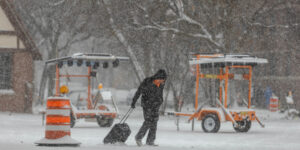
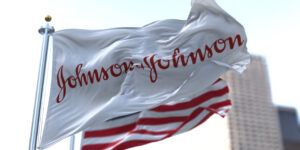


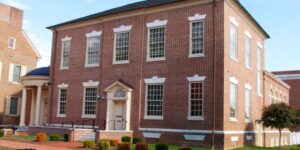











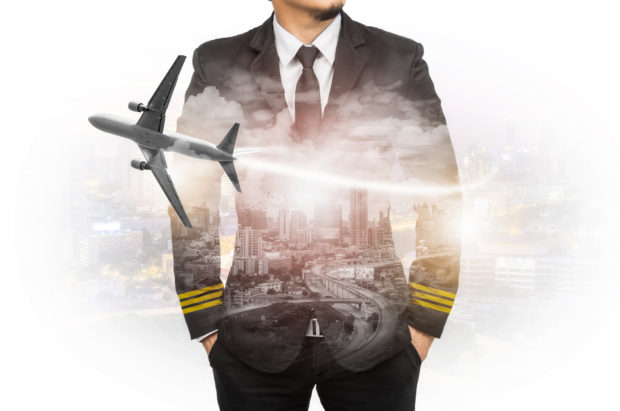
 Hong Kong Fire Reveals Contractor Safety Breaches, Residents’ Revolt
Hong Kong Fire Reveals Contractor Safety Breaches, Residents’ Revolt  Why Insurance Telematics Integrations Fail
Why Insurance Telematics Integrations Fail 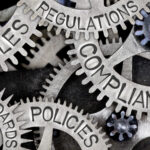 Viewpoint: Mapping Evolving Regulatory Terrain for MGAs, MGUs and Other DUAEs
Viewpoint: Mapping Evolving Regulatory Terrain for MGAs, MGUs and Other DUAEs  Water Leaks, Frozen Pipes Top List of Small Business Claims: The Hartford
Water Leaks, Frozen Pipes Top List of Small Business Claims: The Hartford 






